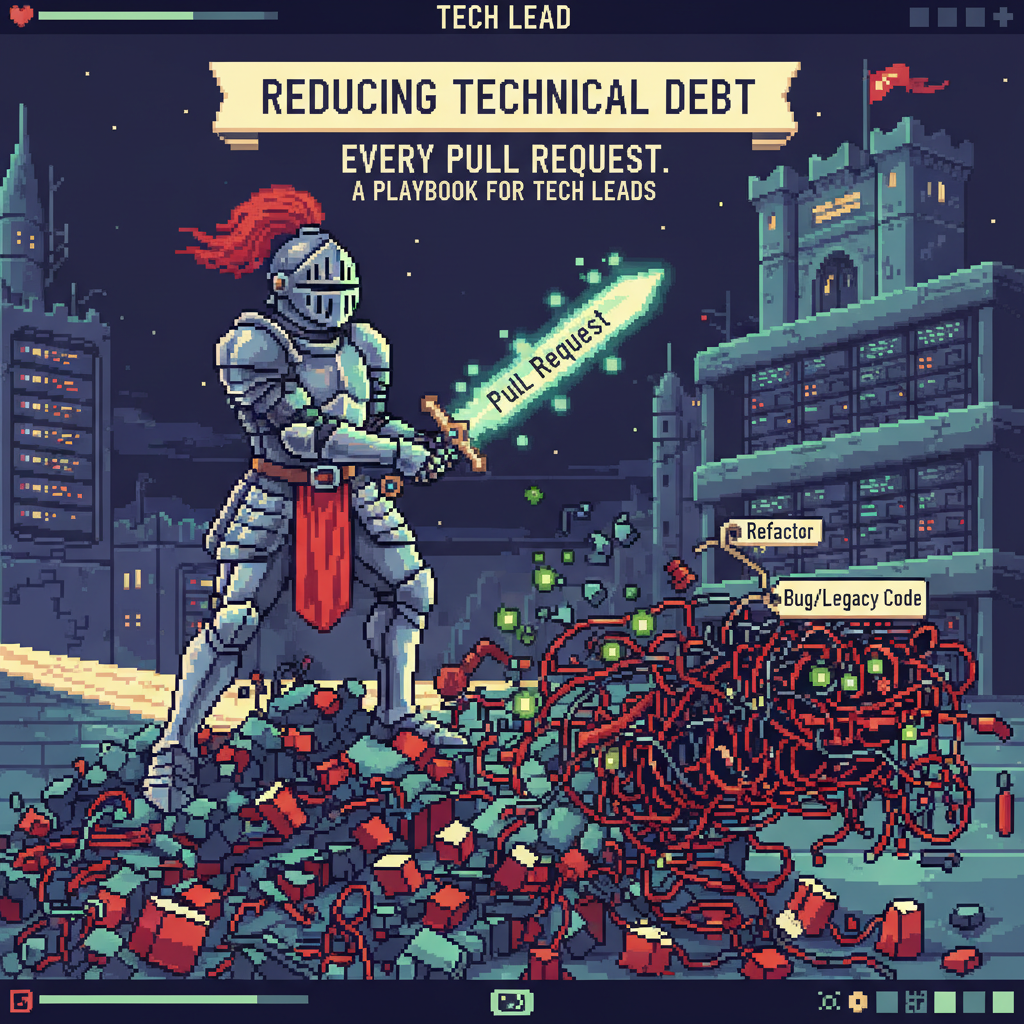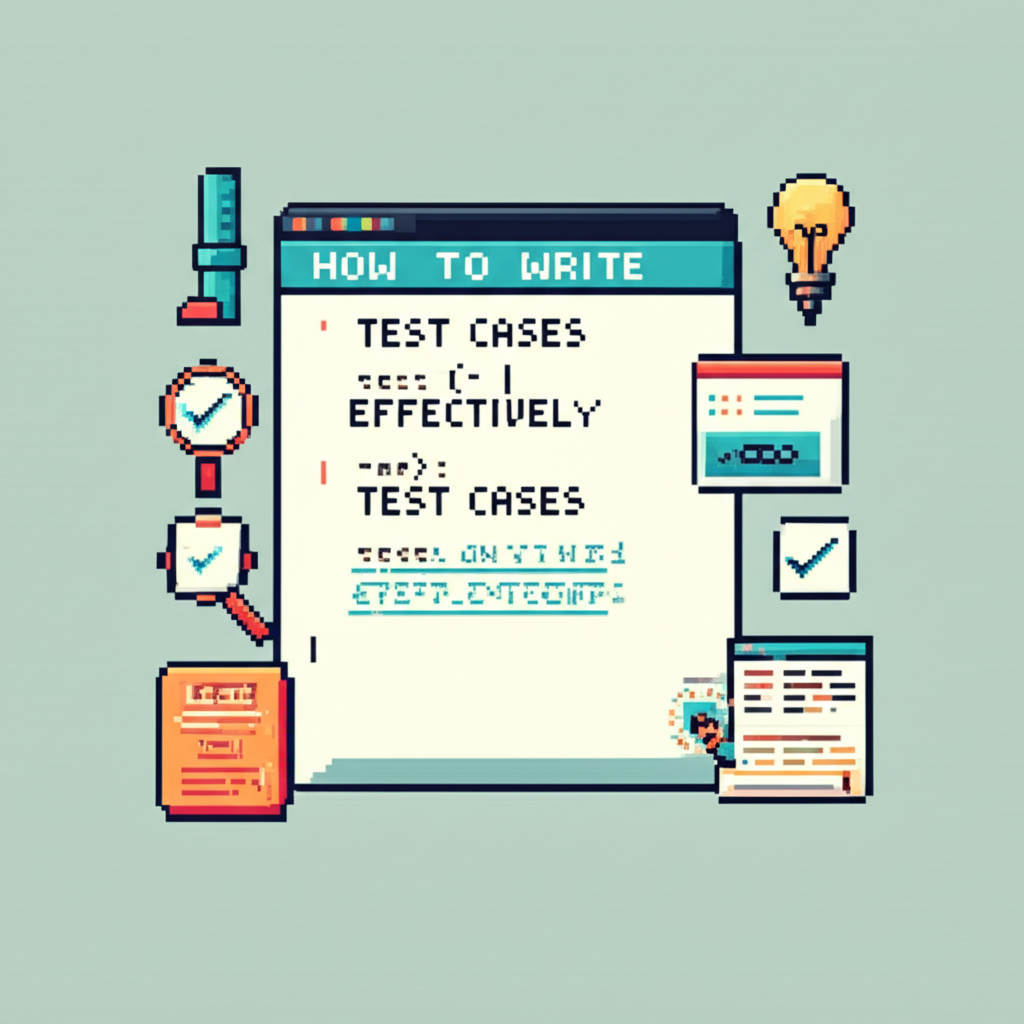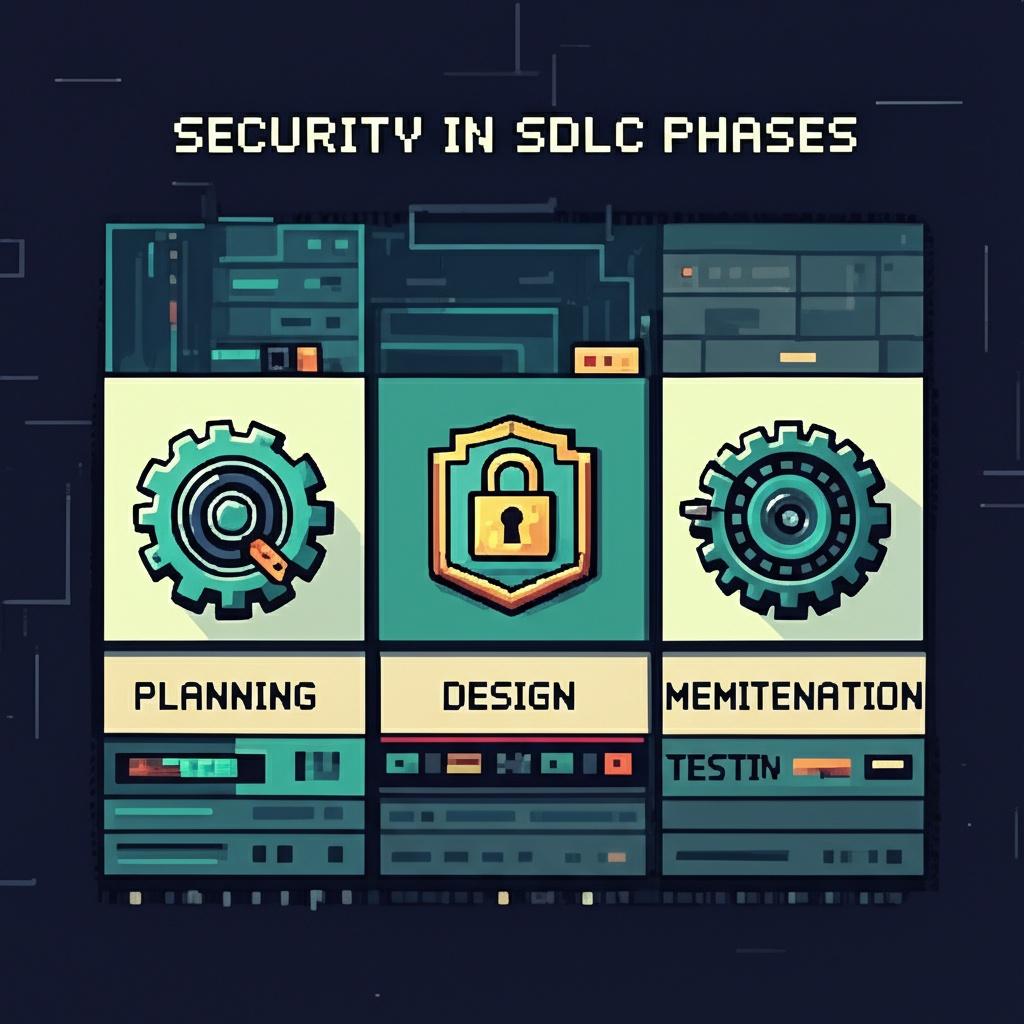Category: Leadership
-

How to reduce technical debt in every pull request
A technical debt does not appear out of nowhere after a bad sprint. It works more like a tax you pay on every future feature. And it almost always comes from the small decisions we make every day. A shortcut that seemed harmless, a bad variable name, a test that got pushed to later “just…
-

How to Write Software Test Cases
Publishing new code can feel uncertain. You push a change and want confidence that nothing outside the intended scope was affected. The best teams do not rely on chance, they rely on process. A central part of that process is knowing how to write well-structured software test cases that are clear, effective, and repeatable, thereby…
-

Security in SDLC Phases: A Developer’s Guide
In many teams, security review only happens at the end of the cycle, sometimes just a week before release after months of development. The result is almost always the same: reports full of alerts, features being cut, delays, and weeks spent fixing issues that could have been avoided with minutes of early prevention. This scenario…
-

Different Kinds of Testing in Software: A Guide
Building software is one thing. Building software that people trust, rely on, and don’t want to throw out the window is another thing entirely. The gap between those two realities is bridged by testing. And when you’re building developer tools, that trust is everything. Getting to grips with the different kinds of testing in software…
-

Elevating Code Quality: Standards and Best Practices
Let’s be clear. Almost everyone has been through this: you inherit a project, open the codebase, and find chaos. Inconsistent names, functions hundreds of lines long, and no tests. The original authors have long since left the company, and now it’s up to you to decipher everything. This slowly kills development velocity, and it could…
-

Enhancing Code Maintainability
Let’s talk about the ghost in the machine. It’s the invisible force that makes a six-month-old codebase feel like an ancient, unknowable ruin. It’s the reason a “five-minute fix” can swallow an entire afternoon. We’re talking about code maintainability, and it’s arguably the most critical, yet often overlooked, factor in the long-term success of any…
-

Optimizing Your PR Cycle Time for Developer Productivity
Ever pushed a PR, feeling pretty good about it, then watched it sit there? And sit there. And sit there. Days go by…. By the time someone finally reviews it, you’ve completely lost context and a merge conflict monster has moved in. Sound familiar? You’re not alone. This lag is a direct hit to your…
-

SonarQube Alternatives for Code Quality Analysis
SonarQube has been the default static analysis tool for so long that for many teams, it’s practically part of the furniture. It’s powerful, it supports a ton of languages, and it gives managers those nice, tidy reports they love. But let’s be honest, you’re here because you’re looking for SonarQube alternatives. The relationship has gotten……
-

Top 5 Newsletters for Engineering Leaders
At Kodus, we face the daily challenge of helping teams maintain code quality, scale engineering, and simplify the code review process. And part of our job is to stay connected with good references: content that helps engineering leaders make better decisions, fine-tune processes, and strengthen team culture. That’s why we’ve put together a few newsletters…
